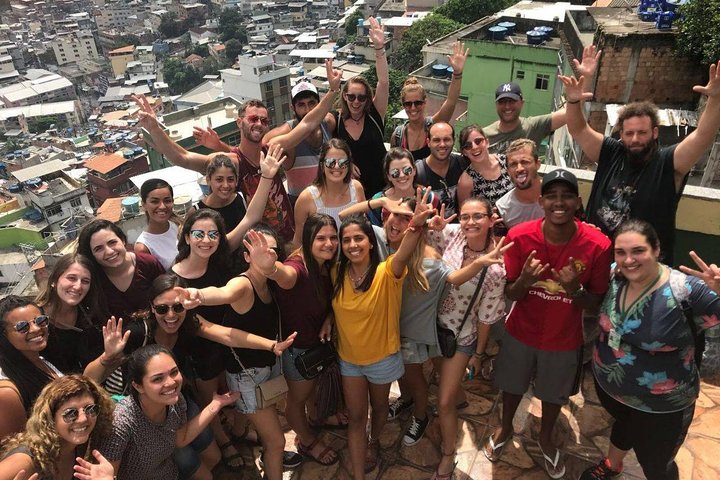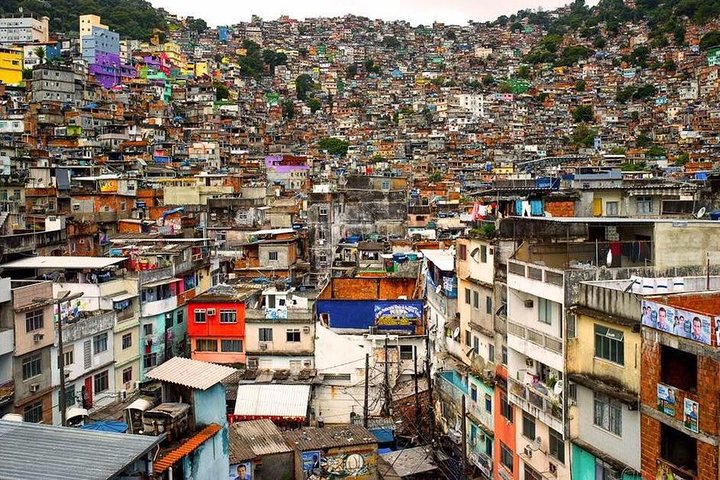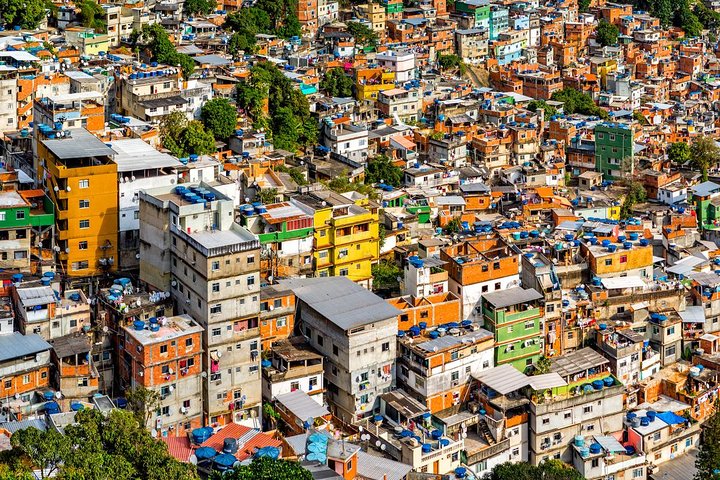Rocinha Favela Walking Tour
Highlights
-
Gain insight into the challenges that people face in the favelas
-
Price of tour includes a contribution to the community
-
Choice of private or group walking tour
Summary
Tour info
Why take this tour?
Get an in-depth look at Rio’s Rochina Favela with a local guide. This walking tour gives visitors a closer look at the daily life in a favela and the struggles that residents face. Learn the history of the city of Rio and its favelas with informative commentary from a local perspective.
What’s included?
-
Local guide -
Transport by air-conditioned minivan -
Hotel pickup and drop-off (select hotels only) -
Gratuities
-
Entry/Admission - Copacabana Beach
-
Entry/Admission - Ipanema Beach
-
Entry/Admission - Rocinha
Things to know
Before you book
-
Duration: 3h
-
Mobile tickets accepted
-
Instant confirmation
Cancellation Policy
-
For a full refund, cancel at least 24 hours in advance of the start date of the experience.
About operator:
Our tour takes place in Rocinha - the largest favela in Latin America and it lasts about two and a half hour (2h and 30 min). In the late 18th century, the first settlements were called "bairros africanos" (African neighborhoods), and they were the place where former slaves with no land ownership and no options for work lived. Over the years, many freed black slaves moved in. However, before the first settlement called "favela" came into being, poor black citizens were pushed away from downtown into the far suburbs. Most modern favelas appeared in the 1970s, due to rural exodus, when many people left rural areas of Brazil and moved to cities. Without finding a place to live, many people ended up in a favela. Our tour is 100% walking - we will drive you there then we walk downhill!
- 559 reviews



